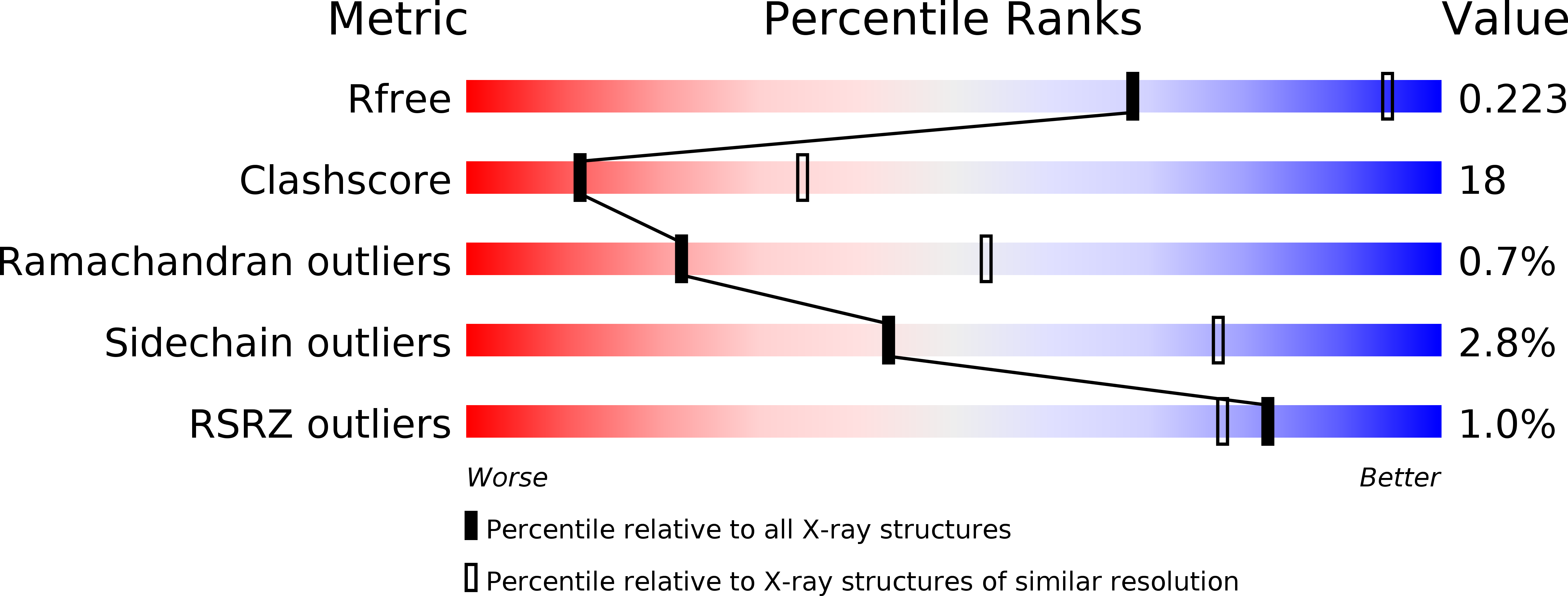
Deposition Date
2005-05-11
Release Date
2006-04-05
Last Version Date
2023-12-13
Entry Detail
PDB ID:
2BRW
Keywords:
Title:
Crystal structure of Streptococcus Pneumoniae Hyaluronate Lyase from 30percent PEGMME.
Biological Source:
Source Organism:
STREPTOCOCCUS PNEUMONIAE (Taxon ID: 1313)
Host Organism:
Method Details:
Experimental Method:
Resolution:
2.80 Å
R-Value Free:
0.27
R-Value Work:
0.22
R-Value Observed:
0.23
Space Group:
P 1 21 1


